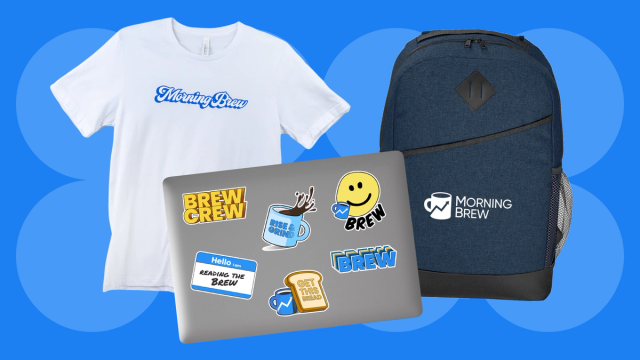Back in the ’90s, Rob Brown, 48, now director of foundation engineering at employee-experience platform Workleap, wasn’t bagging groceries. He was coding them. The teenage software engineer in training was working part-time for a supermarket in Ontario, Canada, when he created an inventory management system. Brown used a programming language called Turing, a general-purpose language developed in 1982, to bring his “little pet project” to life. “That was almost a commercial application in my young imagination,” Brown told us. If he had to do that kind of app today, he said, he might use a three-tier web-architecture structure, backed by a cloud service, and then integrate a large language model (LLM) to help managers or customers with questions. On his desk today, Brown keeps a Mac mini for running LLMs locally. With loaded tools like Transformer Lab, he is experimenting with using Workleap’s post-mortem transcript calls as training data for determining the root causes of customer-impacting incidents. Whether digitally organizing grocery ingredients or client headaches, Brown remains curious and wants to apply his skills to the technology of the moment. “That passion to actually keep up and reapply those skills and to continually reinvent ourselves is important,” Brown said. Why veteran developers are changing with the times.—BH | 








